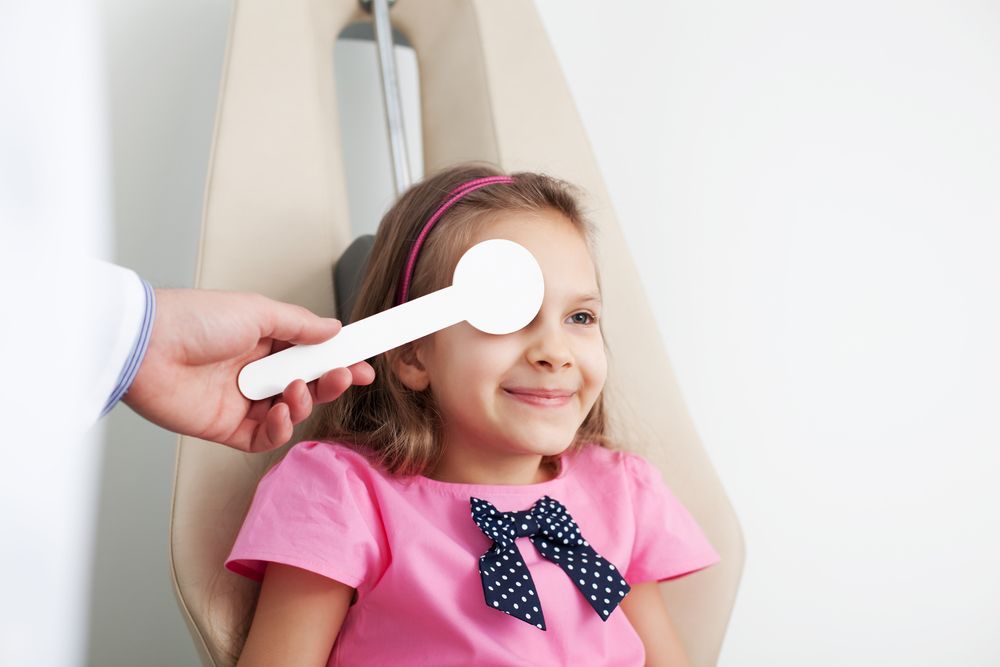Common Vision Conditions in Children
 Routine eye care, including comprehensive eye exams, is the best way to diagnose vision conditions in children so they receive treatment before permanent damage develops.
Routine eye care, including comprehensive eye exams, is the best way to diagnose vision conditions in children so they receive treatment before permanent damage develops.
Here, we discuss some of the most common vision conditions in children that can be treated at our Merrillville, IN practice, Deen-Gross Eye Centers.
Amblyopia
Amblyopia, more commonly known as lazy eye, is prevalent among children. This condition results in reduced vision in one eye. Since the brain receives one blurry image and one clear image, it will eventually block out the blurry image.
Fortunately, amblyopia typically responds well to treatment, which may include glasses, an eye patch, or surgery, as long as the condition is addressed before the child turns nine. After that, the condition is more difficult to.
Signs of amblyopia include squinting with one eye, tilting the head, misaligned eyes, or poor depth perception.
Double Vision
Double vision, or seeing two objects where there is only one, is another common vision abnormality in children. There are many potential causes of double vision, but the most common is misalignment of the eyes, which is referred to as strabismus.
Potential treatments for double vision include the use of prism glasses, BOTOX® injections, and surgery.
Hyperopia, Myopia, and Astigmatism
Many children are born with hyperopia (farsightedness), myopia (nearsightedness), or astigmatism. Each of these conditions is caused by irregularities in the shape of the cornea.
Depending on how the cornea is shaped, a child may have difficulty focusing on near or distant objects. Adults can consider laser vision treatment options, such as LASIK, to improve their vision. However, children will need to rely on prescription lenses for clear, focused vision.
Pediatric Glaucoma
Glaucoma is an eye disease in which elevated intraocular pressure causes the optic nerve to become damaged. Glaucoma is most common among seniors, but some children suffer from a rare form of pediatric glaucoma.
Damage to the optic nerve is permanent, so it is vital that this condition be treated as early as possible. Treatment most commonly involves the use of medication to control eye pressure.
Signs that a child may be suffering from pediatric glaucoma include tearing, light sensitivity, frequent blinking, and a red appearance of the eyes.
Pediatric Cataracts
Cataracts are another condition that typically affects the elderly, but can also develop in children. Pediatric cataracts result from a buildup of proteins on the lens of the eye, which causes it to cloud over.
Cataracts can compromise a child’s vision and contribute to lazy eye (if only one eye is affected by a cataract).
When a cataract significantly interferes with a child’s vision, it will need to be surgically removed. Follow-up care will likely involve the use of prescription lenses and an eye patch.
Contact Us
Professional eye care services promote eye health, preserve clear vision, and benefit patients of all ages. If you would like to learn more about the comprehensive services offered at Deen-Gross Eye Centers, contact us at your earliest convenience. Call (219) 769-8989 to schedule an appointment with one of our experienced ophthalmologists.


